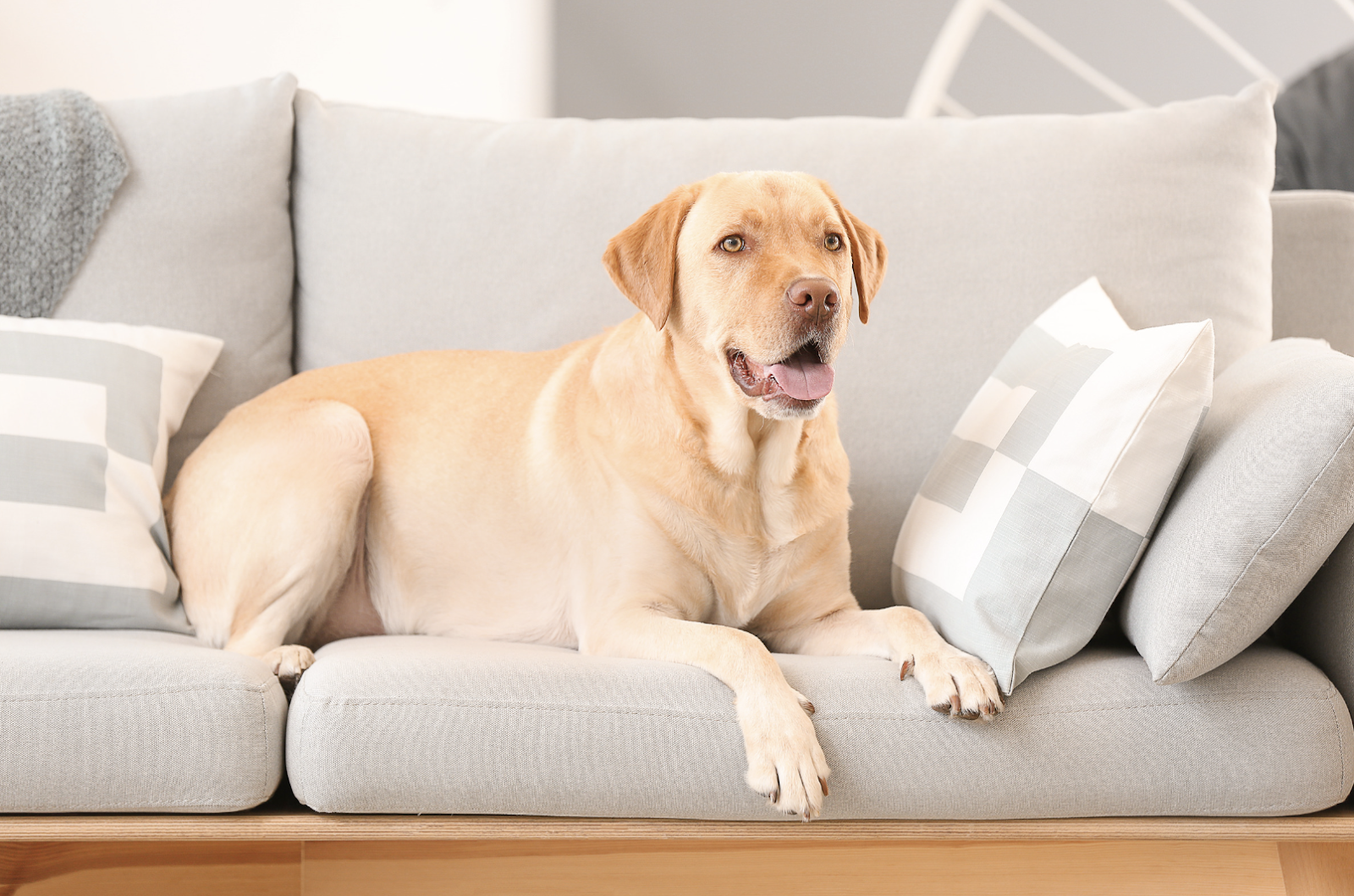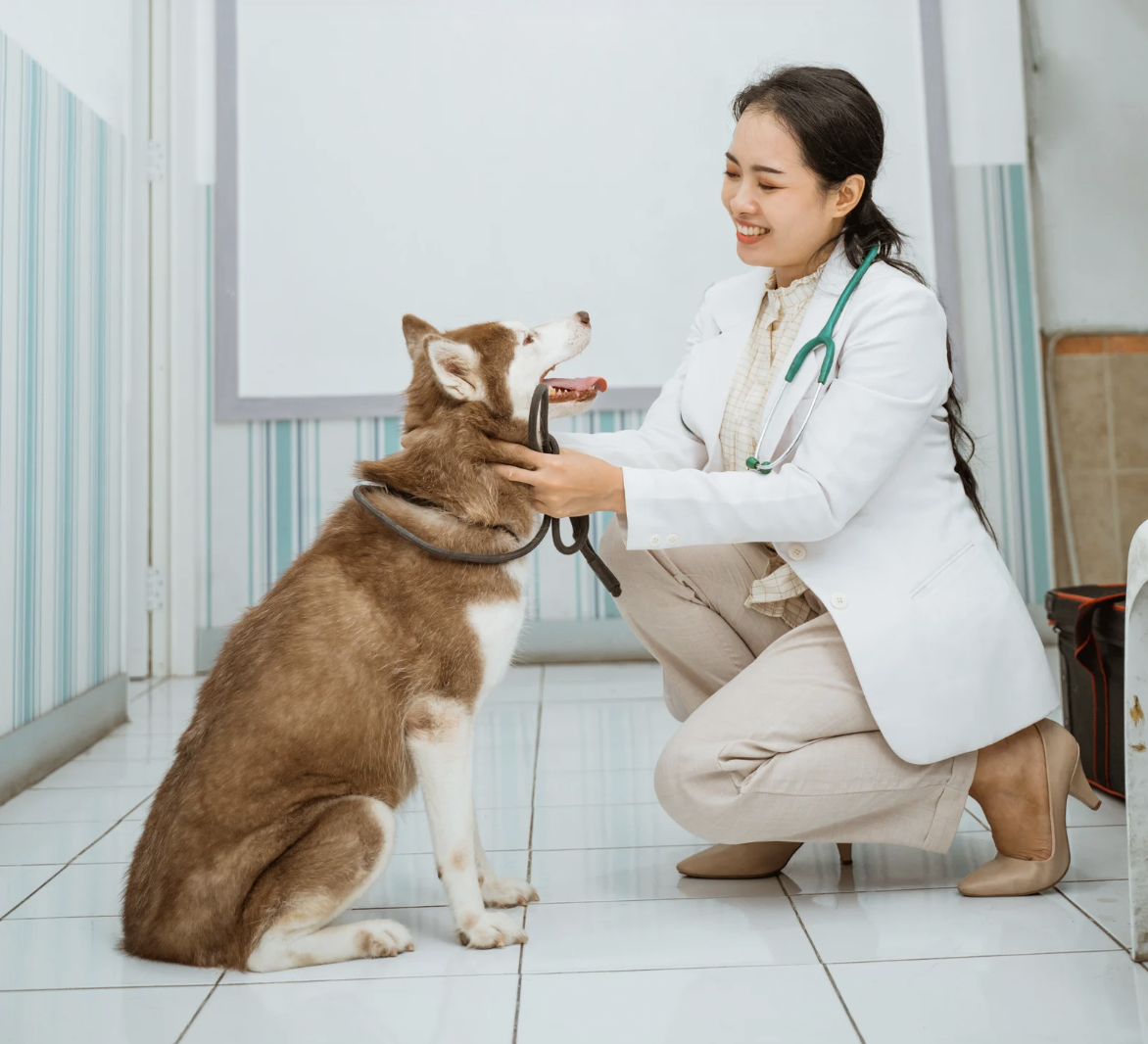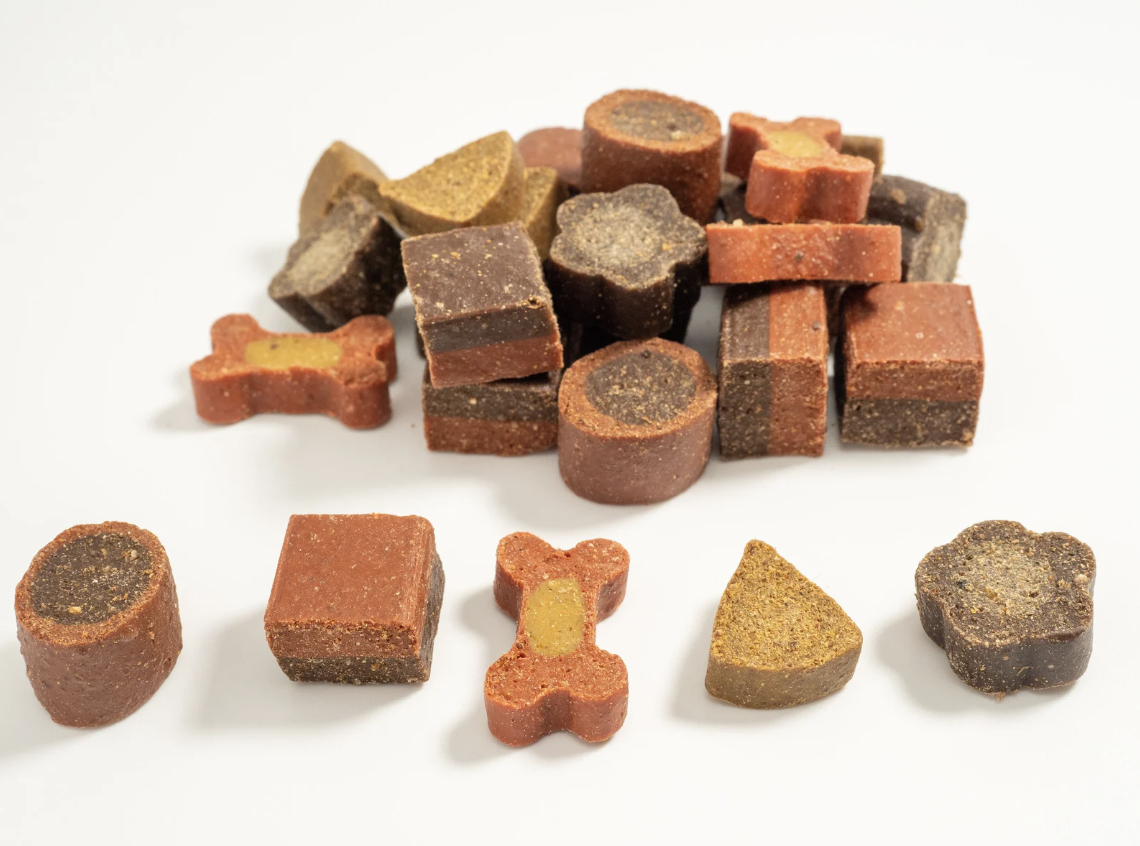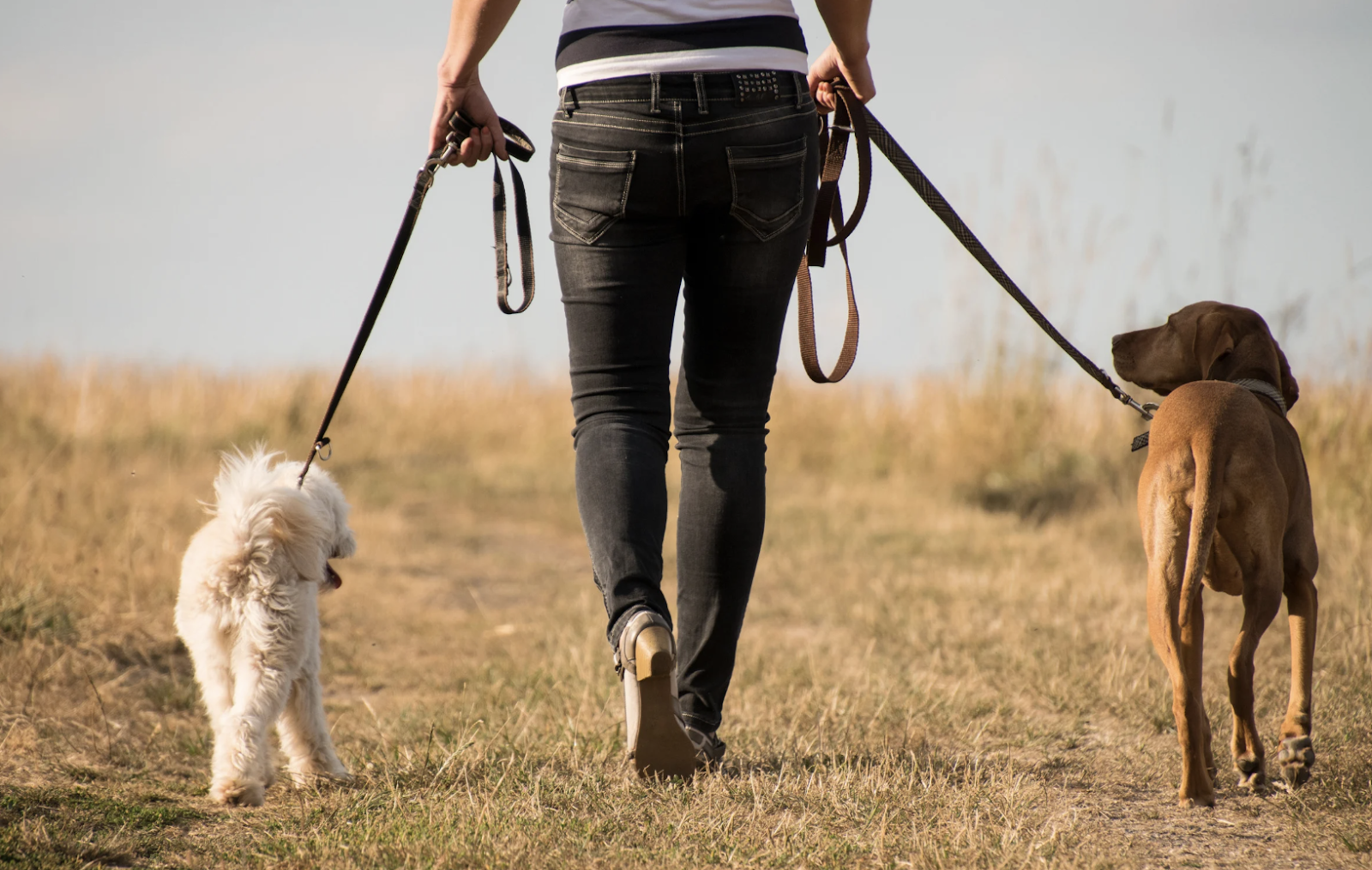


Worried about your dog being overweight? This comprehensive guide explores everything from the health risks of obesity, how to assess your dog’s body condition, to daily calorie needs, feeding frequency, and customized exercise plans. Learn how Petsona's science-backed dehydrated fresh meals support weight control while meeting nutritional needs. Suitable for picky eaters and dogs of all ages. Perfect for Hong Kong pet parents seeking effective solutions. Keywords: pet food, pet nutrition, dog food, dog wet food Hong Kong, pet wet meals, pet probiotics, pet fresh food.
Obesity is one of the most common nutritional disorders in dogs, yet it often goes unnoticed until health issues appear. In Hong Kong, urban lifestyles and lack of time for exercise contribute to this silent epidemic. A dog is considered obese when their body weight exceeds the ideal range by more than 15%. Overweight dogs face increased risks of diabetes, arthritis, cardiovascular diseases, and respiratory problems. Identifying obesity early can save your dog from long-term pain and complications.

Ideal weight depends on your dog’s breed, age, and body composition. Standard weight ranges exist, but a better assessment tool is the Body Condition Score (BCS), which ranges from 1 (very thin) to 9 (obese). For a healthy dog, ribs should be easily felt but not visible, with a visible waist from above. Use your hands to gently feel around the ribs, spine, and waist to gauge fat coverage. Pet parents can consult a vet or use BCS charts for better evaluation.

Overfeeding, sedentary lifestyle, and excessive treats are major contributors. Some breeds like Labrador Retrievers, Beagles, and Dachshunds are genetically more prone to weight gain. Age and neutering may also slow metabolism, making weight control harder. Emotional feeding habits, like rewarding dogs with snacks or table scraps, further worsen the issue. Identifying the cause is the first step to creating a weight management strategy.

Obesity puts pressure on your dog’s joints, heart, and internal organs. Health risks include:
Keeping your dog at a healthy weight can significantly reduce the risk of these diseases.

List everything your dog eats in a week, including treats, human food, and supplements. Petsona recommends switching from kibble or high-fat wet food to a personalized dehydrated fresh meal, which allows precise calorie control and ingredient selection. Our vet-formulated meals are portioned to your dog’s ideal weight, lifestyle, and breed.
Work with your vet to determine your dog’s ideal weight. Then calculate their daily caloric needs based on activity level. As a rule of thumb:
Split daily intake into 2-3 meals instead of free feeding. Use a digital kitchen scale to measure accurately. Avoid high-fat, high-carb treats. Replace with healthy options like freeze-dried lean meats or Petsona’s low-calorie reward treats. Controlled portions help maintain stable blood sugar and reduce begging behavior.

Exercise should match your dog’s breed, age, and current fitness. For senior or overweight dogs, start with short, low-impact walks twice a day. Gradually add more intense activities like fetch or agility exercises. Breeds like Border Collies need more mental and physical stimulation, while toy breeds may do well with indoor play and stair walking.

These strategies support sustainable weight control without stressing your dog.
Dog obesity is more than a cosmetic issue,it's a serious health concern. From diabetes to arthritis, excess weight shortens lifespan and lowers quality of life. This article walks pet parents through assessing body condition, setting realistic weight goals, calculating calories, and crafting a tailored feeding and exercise plan. Petsona’s science-based personalized dehydrated meals make daily feeding simple and effective. With Hong Kong pet parents increasingly seeking health-focused pet food, this guide offers an actionable, expert-backed solution to help your dog thrive.